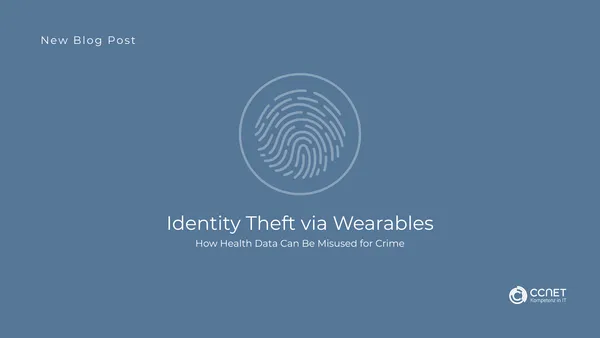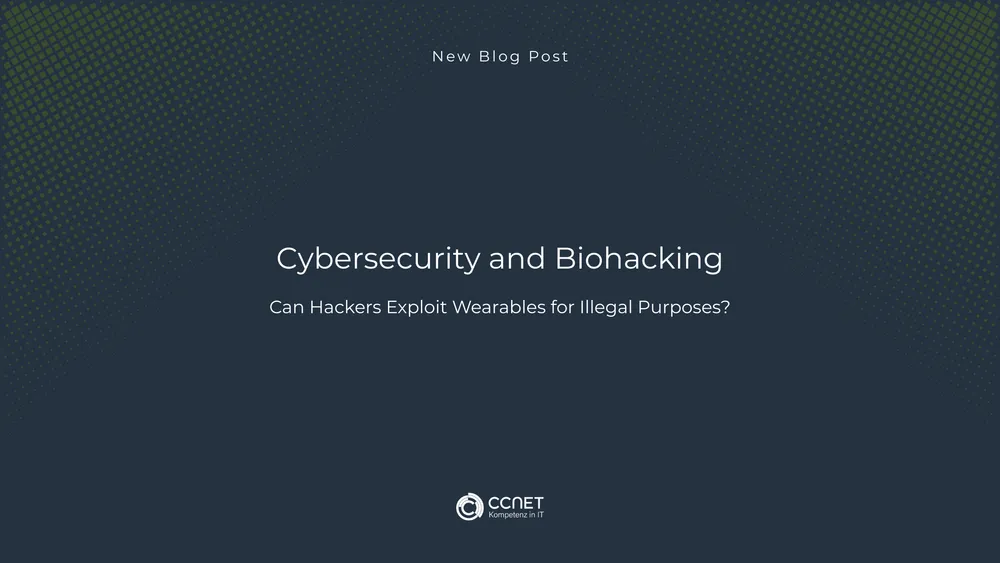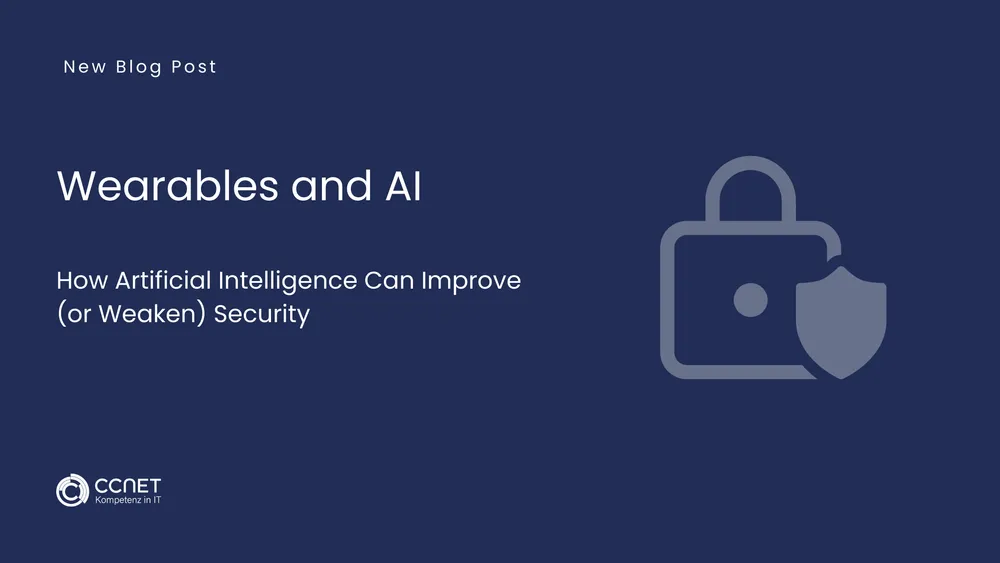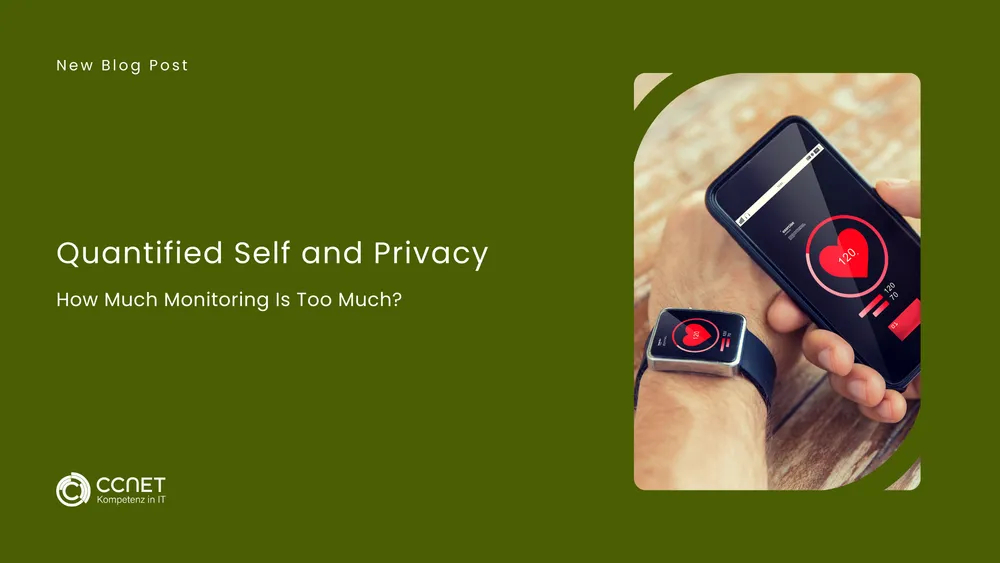
CCNet
Jul 18, 2025 • 2 min read

Identity Theft via Wearables: How Health Data can be misused for Crime
Wearables collect highly sensitive data—from heart rate and movement patterns to sleep behavior and biometric identifiers. This makes them attractive targets for identity theft. Criminals use data from wearables to impersonate victims, manipulate health records, or gain access to protected systems. In this article, we explore how identity theft via wearables works and what users and developers can do about it.
1. Why Health Data Is Attractive to Criminals
Unlike credit card information, which can be quickly blocked, biometric data cannot be changed. Once stolen, it can be used permanently for criminal purposes. Criminals exploit health data for:
- Creating false identities based on biometric patterns
- Accessing patient portals and medical systems
- Manipulating medical records to commit insurance fraud
- Blackmailing victims using confidential health information
Health data is more valuable on the black market than financial data due to its permanence and the lack of user control.
2. How Attackers Access Health Data from Wearables
There are multiple attack vectors:
a) Insecure Apps and Cloud Services
Many apps connected to wearables use weak encryption or have security flaws that expose data. Cloud storage is a common point of attack if it lacks end-to-end protection.
b) Bluetooth and Wi-Fi Exploits
Unprotected connections allow attackers to intercept data between the wearable and smartphones or servers. Man-in-the-middle (MITM) attacks are particularly common.
c) Physical Access and Reverse Engineering
If attackers physically obtain a wearable device, they can attempt to extract stored data or reverse-engineer the firmware to gain deeper access.
3. What Can Users Do to Prevent Identity Theft?
- Use wearables only from trusted manufacturers
- Activate strong authentication methods (e.g., PIN, biometrics, MFA)
- Avoid public Wi-Fi when synchronizing sensitive data
- Regularly update firmware and apps to close vulnerabilities
- Check privacy settings and limit unnecessary data sharing
4. What Responsibilities Do Developers Have?
- Implement secure encryption protocols
- Avoid hardcoded passwords or static identifiers
- Conduct regular pentests to uncover weak points
- Store only essential data, and anonymize where possible
- Inform users transparently about risks and data usage
Conclusion: Security Must Start at the Source
Identity theft through wearables is not a theoretical threat—it’s a real and growing risk. The best protection lies in a combination of user awareness, secure design, and transparent policies. Only when developers and users work together can wearables become safe tools for digital health.


